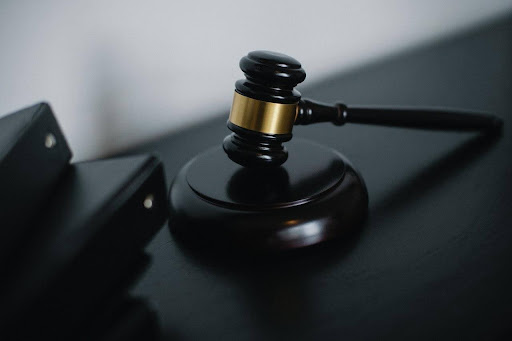In the unfortunate event of a personal injury, seeking compensation for medical bills, lost wages, and pain and suffering becomes a crucial step towards recovery. However, proving negligence in a personal injury case requires establishing several key elements. One of the most critical elements is causation, which essentially links the defendant’s actions (or inaction) to the injuries sustained by the plaintiff.
Understanding Causation in Negligence Claims
Causation in a negligence case refers to the cause-and-effect relationship between the defendant’s breach of duty and the plaintiff’s injuries. In simpler terms, the plaintiff must demonstrate that the defendant’s negligence directly caused their harm. Consulting with Edwards and Patterson or another reliable law firm can help you gather the necessary evidence to prove this critical element. Legal experts can guide you through complex documentation and courtroom strategies to strengthen your case. There are two main aspects to proving causation:
- Cause-in-Fact (But-For Causation): This element establishes that the plaintiff’s injuries would not have occurred “but for” the defendant’s negligence. For instance, if a driver runs a red light and collides with another car, causing injuries to the passengers, the driver’s negligence (running the red light) is the but-for cause of the injuries.
- Proximate Cause: This element goes beyond simple cause-in-fact and requires the defendant’s negligence to be a foreseeable consequence that led to the harm. The injury must be a natural and probable result of the defendant’s breach of duty. Imagine a scenario where a grocery store spills water on the floor, but it goes unnoticed for hours. A customer slips and falls much later, injuring themselves. While the spill technically caused the fall, it might not be considered a proximate cause due to the time lapse and intervening factors.
Building a Strong Case for Causation
The burden of proof in a negligence case lies with the plaintiff. To establish causation, evidence is crucial. This evidence can take various forms, including:
- Medical Records: Medical records document the nature and extent of the plaintiff’s injuries, along with the doctor’s opinion on how the injuries were sustained.
- Accident Reports: Police reports or other accident reports can provide details about the scene of the incident, which can help trace the cause of the accident.
- Expert Witnesses: Depending on the case’s complexity, expert witnesses like accident reconstruction specialists or medical professionals can offer their insights on how the defendant’s actions directly resulted in the plaintiff’s injuries.
- Witness Statements: Witness testimonies can corroborate the events leading up to the accident and the plaintiff’s injuries.
Importance of Causation in Personal Injury Cases
Causation plays a vital role in determining the legal responsibility for damages in a personal injury case. Here’s why it holds such significance:
- Fairness: It ensures that the defendant is only held liable for the harm they directly caused.
- Compensation: By establishing a clear cause-and-effect relationship, the plaintiff can recover fair compensation for their losses.
- Deterrence: Holding negligent parties accountable discourages similar actions in the future, potentially preventing further injuries.
Conclusion
Causation is a cornerstone of any successful negligence claim in a personal injury case. By presenting compelling evidence that demonstrates the defendant’s breach of duty directly caused their injuries, the plaintiff can strengthen their case and seek fair compensation for their damages. If you have been injured due to someone else’s negligence, consulting with a personal injury attorney can help you understand your legal rights and navigate the complexities of proving causation in your specific case.








